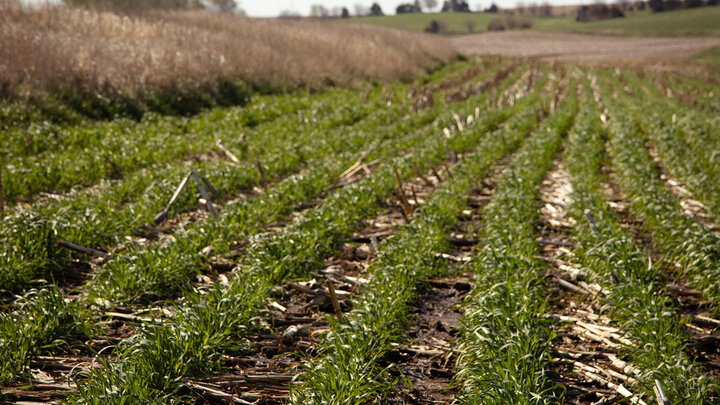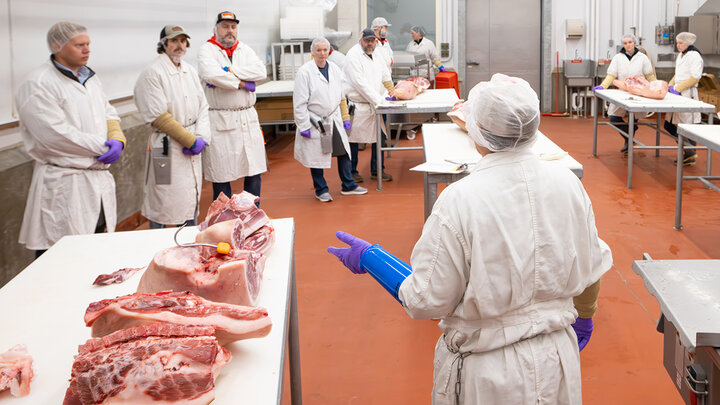At a Glance
- PRF Insurance is based on a rainfall index, not actual forage production.
- Indemnities help cover extra feed costs or supplement purchases during drought.
- Producers choose coverage levels (70–90%) and critical two-month intervals.
- Enrollment deadline for 2026 coverage is December 1.
Pasture and forage are the backbone of many Nebraska livestock operations, but they are also among the most vulnerable resources. Drought can quickly reduce forage production, leaving ranchers with tough choices of either buying expensive feed or cutting herd numbers.
One tool available to manage this risk is the USDA’s Pasture, Rangeland, and Forage (PRF) Insurance. Unlike traditional crop insurance, PRF doesn’t ensure the actual forage grown on your operation. Instead, it’s based on a rainfall index for your area. If rainfall falls below the long-term average during the months you select, you may receive an indemnity payment.
These indemnities are designed to help offset the extra costs of purchasing hay, feed, or other supplements when pasture growth is limited. In turn, PRF can help stabilize cash flow in dry years, providing ranchers with the flexibility to maintain their herds and avoid short-term decisions that could have long-term consequences.
Producers can customize coverage by selecting a productivity factor and a coverage level between 70% and 90% of the average rainfall, as well as specific two-month intervals when precipitation is most critical for their operation.
Enrollment occurs annually before December 1, with coverage based on your county and the grazing or haying months you select. While PRF doesn’t guarantee a profit, it is a valuable tool to include in your risk management plan, especially as weather patterns remain unpredictable.
For livestock producers who rely on grazing and hay, PRF can provide peace of mind and financial protection against the uncertainties of rainfall. To learn more, visit cap.unl.edu/forage, or contact your local crop insurance agent.
A webinar covering PRF use and results in Nebraska, and considerations for 2026 enrollment, will be held October 2. Register at cap.unl.edu/webinars.
This article has been peer reviewed.
References:
Risk Management Agency – Pasture, Rangeland, Forage (PRF) FAQ page
APA Reference (Webpage):
U.S. Department of Agriculture, Risk Management Agency. (n.d.). Pasture, Rangeland, Forage [Frequently asked questions]. Retrieved August 27, 2025, from USDA Risk Management Agency website: https://www.rma.usda.gov/about-crop-insurance/frequently-asked-questions/pasture-rangeland-forage
UNL Center for Agricultural Profitability – PRF Insurance Summary
APA Reference (Web Article):
Parsons, J., Hewlett, J., & Tranel, J. (2023, November 10). Pasture, rangeland, forage insurance summary of sales and performance history. Center for Agricultural Profitability, University of Nebraska–Lincoln. Retrieved August 27, 2025, from https://cap.unl.edu/news/pasture-rangeland-forage-insurance-summary-sales-and-performance-history/
RMA – Summary Overview of Rainfall Index (RI-PRF) Insurance Plan (PDF)
APA Reference (PDF Report):
U.S. Department of Agriculture, Risk Management Agency. (2024, May). Summary overview of Rainfall Index insurance plan for Pasture, Rangeland, and Forage [PDF]. Retrieved August 27, 2025, from https://www.rma.usda.gov/sites/default/files/2024-05/risummary.pdf




